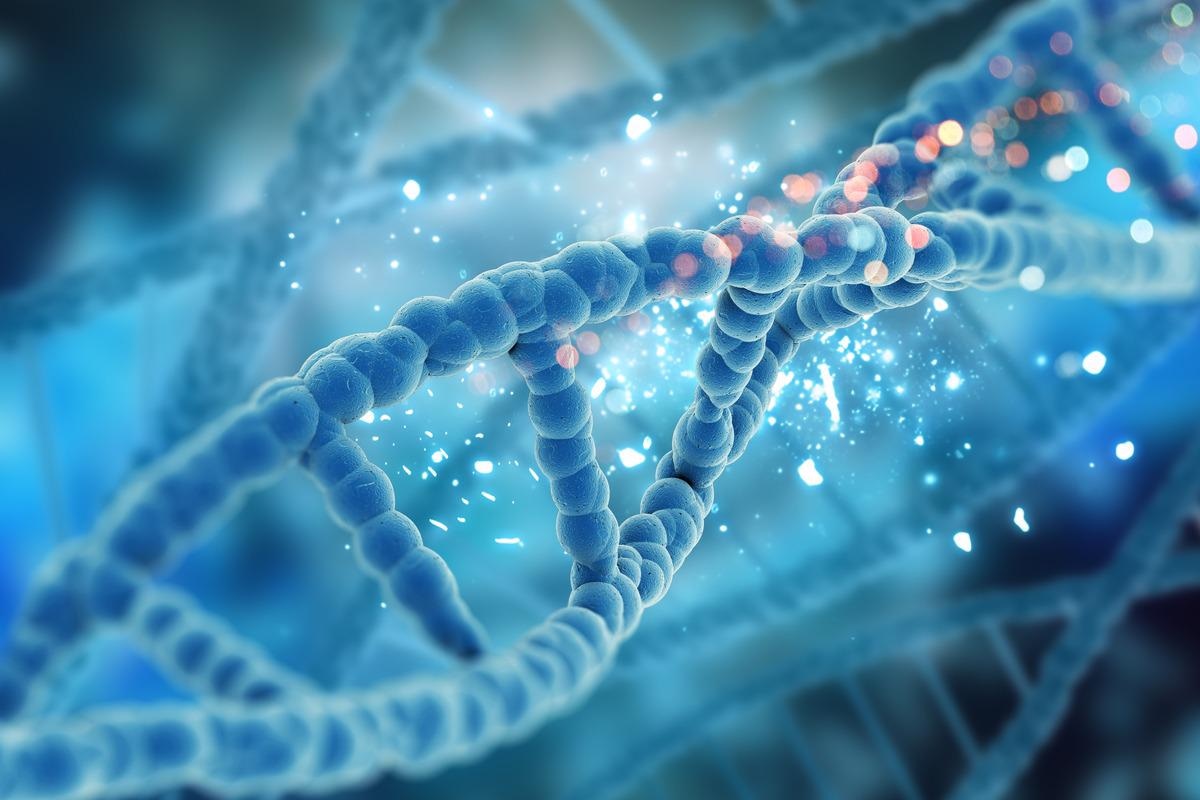dosage seroquel xr

Changes in genomic copy number can also occur via whole-genome doubling (WGD) and chromothripsis. These evolutionary events may be rampant during tumor development and can transpire into the evolution of highly complex cancer genomes.

Background
Numerous factors can lead to gains or losses of deoxyribonucleic acid (DNA) and aneuploidy which drives cancer. Some factors are – replication stress, spindle multipolarity, and mitotic errors.
A new study published in Nature presented a conceptual framework to examine the patterns of copy number alterations in human cancer. On implementing this framework or algorithm to 33 types of human cancers elicited 21 copy number signatures that matched the copy number patterns of 97% of samples among the 9,873 cancers tested.
These copy number signature frameworks could aid in investigating copy number patterns across all cancer types and thus develop targeted therapies against tumors. The identified signatures could delineate the prognostic implications of each cancer. Furthermore, the inclusion of copy number signatures as a bioinformatic tool could improve the accuracy of homologous recombination deficiency (HRD) tests.
About the study
The proposed framework could select common patterns of chromosomal arrangements from composite genomes. These patterns are then categorized, and the copy number signatures are typed. These signatures can predict the progression of cancer and help develop targeted treatments based on the characteristic features and aggressiveness of cancer.
In addition, the copy number signatures would also be able to predict the cancer progression and prognosis based on the genomic changes it has already sustained. Complete genomic sequencing of tumors and the genomic alterations would enable customized cancer management strategies and delivery of more personalized care.
The framework also depicted the copy number signatures that could be the most deleterious. Tumors that undergo chromothripsis – clustered rearrangements generating oscillating copy number patterns had the worst prognosis and compromised patient survival. For instance, glioblastoma – an aggressive neurological cancer, is associated with the worst patient survival. The copy number framework analyses indicated that glioblastoma patients with chromothripsis had a six-month shorter survival span.
The next step would be completely predicting the progression of cancers through determining the copy number signatures for each cancer, along with the alterations and modifications during its growth.
The experiments also confirmed the transitions in the copy number signatures. Notable, cabergoline labs one signature could be completely effaced by the other after a whole-genome doubling (WGD). Cancer with a diploid signature was likely to undergo WGD. WGD can change copy number 1 (CN1) to CN2. Meanwhile, cancer may also show a chromosomal instability (CIN)-transforming signature. Or a combination of CIN and WGD or early chromosomal losses followed by successive WGD events.
Surveying the 21 signatures through various cancer types revealed the ploidy-associated signatures – CN1 and CN2, in most types of cancers. Meanwhile, the CN4 signature was unique to uveal melanoma, CN7 to breast cancer, CN10 to lung squamous carcinoma, CN18 ovarian carcinoma, CN20 liver cancer, and CN21 was specific to paragangliomas.
On the other hand, signatures CN4-CN8 harbored high total copy numbers and were detected in certain types of tumors with prevalent amplicon events. Signatures CN9-CN12 had variable patterns of hypodiploidy, while signatures CN14 and CN16 were more probable in chromophobe renal cell carcinoma and adrenocortical carcinoma. Signature CN17 was more likely to be present in tumor types described as HRD.
Moreover, the cancer lineages cluster based on the prevalence of signatures. Interestingly, the signatures reflected the unique evolutionary patterns of tumors. The most common signature with the highest amplification level in eight cancer types was CN8 (an amplicon signature). Specific enrichment of CN8 was found based on the cancer types in the regions that lodged the amplified oncogenes.
Allele-specific deletion of a DNA segment containing an essential gene results in loss of heterozygosity (LOH). Such areas can render deleterious mutations and may be deemed a therapeutic target. The findings also revealed that the regions of retained heterozygosity harbored higher concentrations of essential genes and were more likely to sustain genomic losses. These areas can be explored in therapeutics.
In addition, hypoxia is strongly associated with various patterns of genomic instability, including HRD in cancer genomes. Unlike in single base substitutions (SBSs) and insertions or deletions (IDs) signatures, either copy number signatures did not correlate to the cancer risk factors such as gender, smoking status, or alcohol intake. However, the association between age and copy number signature attribution in endometrial cancer was significant.
Conclusion
Nevertheless, the discovery is in its nascent stage; future experiments and research will be able to uncover models that are best suited to answer specific clinical or biological questions. These findings represent the first step towards a pan-cancer approach of genomic signatures derived from allele-specific profiles.
- Steele, C. et al. (2022) "Signatures of copy number alterations in human cancer", Nature. doi: 10.1038/s41586-022-04738-6. https://www.nature.com/articles/s41586-022-04738-6
Posted in: Medical Science News | Medical Research News | Disease/Infection News
Tags: Adrenocortical Carcinoma, Alcohol, Allele, Breast Cancer, Cancer, Carcinoma, Cell, DNA, Endometrial Cancer, Evolution, Gene, Genes, Genome, Genomic, Genomic Sequencing, Glioblastoma, Homologous, Homologous Recombination, Hypoxia, Liver, Liver Cancer, Melanoma, Renal Cell Carcinoma, Research, Smoking, Stress, Therapeutics, Tumor

Written by
Nidhi Saha
I am a medical content writer and editor. My interests lie in public health awareness and medical communication. I have worked as a clinical dentist and as a consultant research writer in an Indian medical publishing house. It is my constant endeavor is to update knowledge on newer treatment modalities relating to various medical fields. I have also aided in proofreading and publication of manuscripts in accredited medical journals. I like to sketch, read and listen to music in my leisure time.
Source: Read Full Article